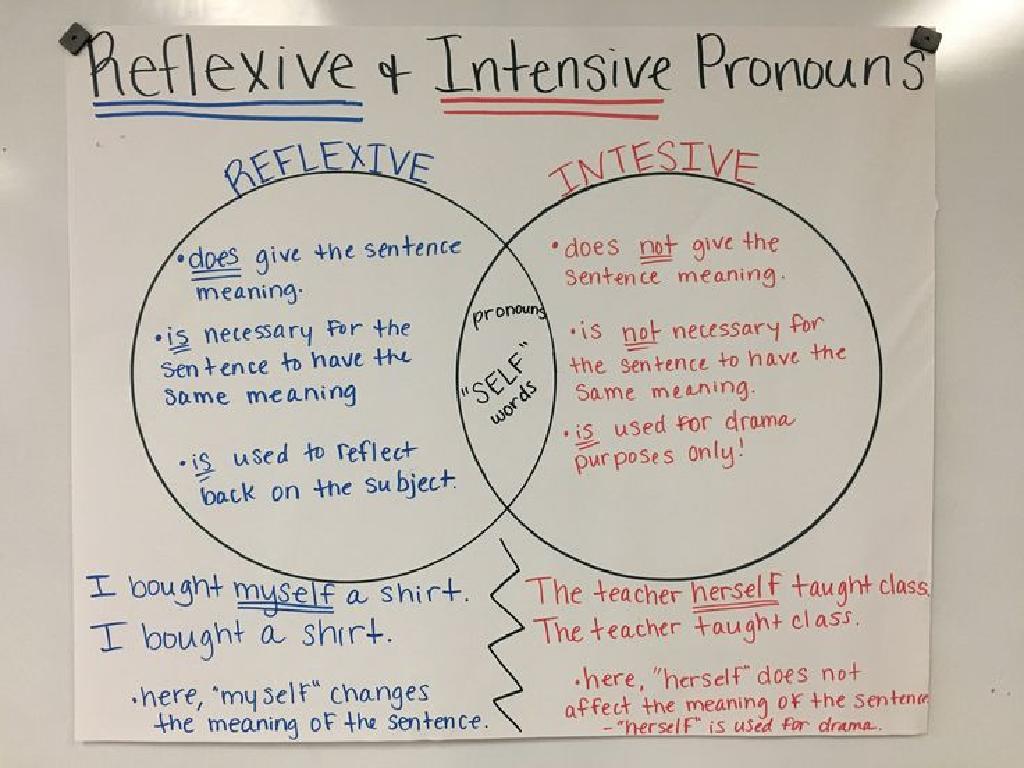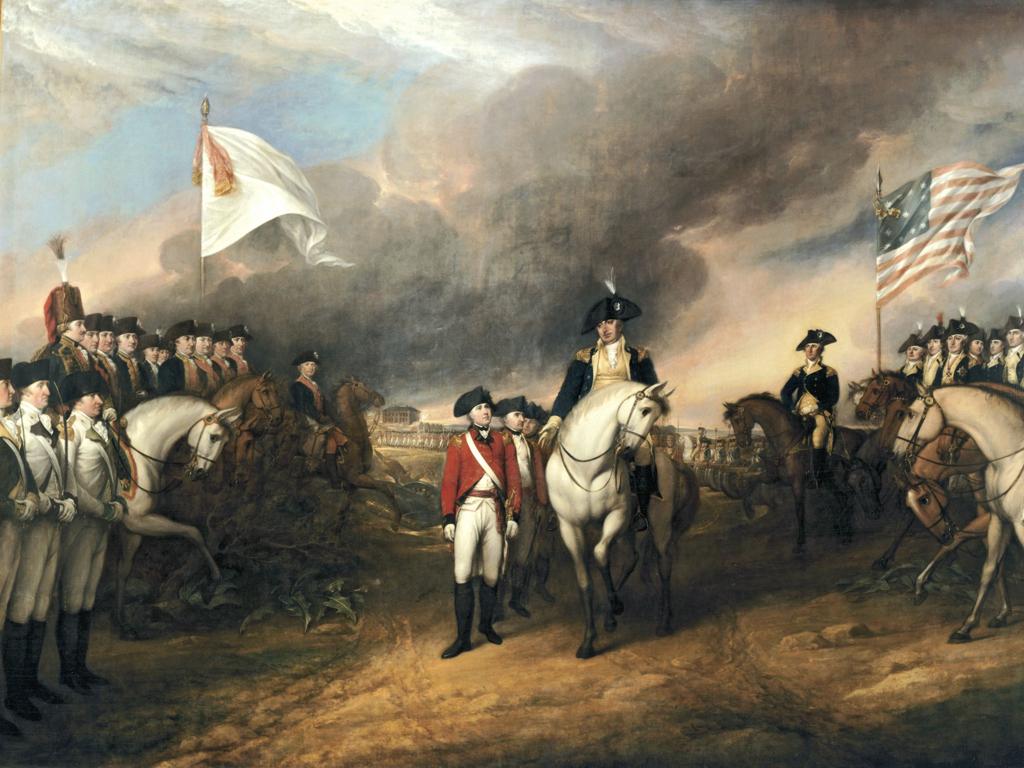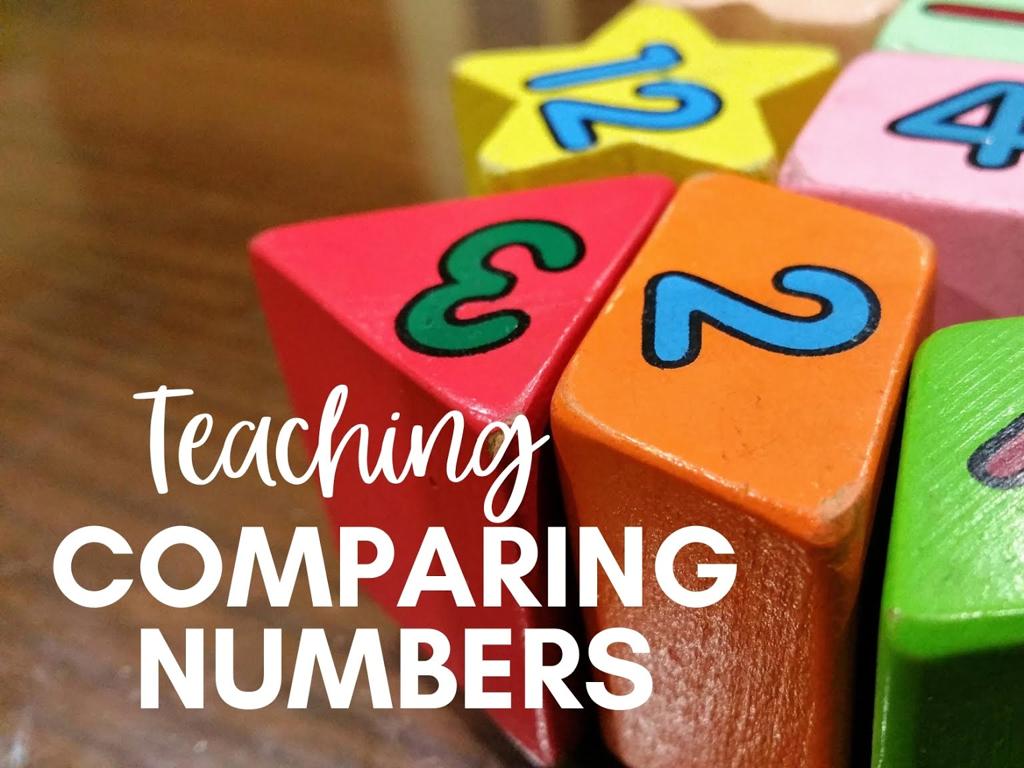Multiply Fractions By Whole Numbers Ii
Subject: Math
Grade: Sixth grade
Topic: Multiply Fractions
Please LOG IN to download the presentation. Access is available to registered users only.
View More Content
Multiplying Fractions by Whole Numbers
– Recap: fractions and whole numbers
– Fractions represent parts of a whole; whole numbers are integers.
– Multiplication as repeated addition
– Multiplying is like adding a number to itself several times.
– Effects of multiplying fractions
– Multiplying a fraction by a whole number increases the fraction’s value.
– Practice with examples
– Example: 1/4 x 3 is like adding 1/4 three times.
|
Begin with a brief review of what fractions and whole numbers are, ensuring students recall the basics. Explain multiplication as repeated addition, which they are familiar with, to help them grasp how it applies to fractions. Discuss how multiplying a fraction by a whole number scales up the fraction, making it larger, and demonstrate this with visual aids if possible. Provide several examples for the students to work through, such as 1/4 x 3, and encourage them to visualize the process as adding 1/4 three times. This will help solidify their understanding before moving on to more complex problems.
Visualizing Fraction Multiplication
– Visual models for understanding
– Example: 1/2 x 3 on a number line
– Imagine a number line, mark 0, 1/2, 1. Now take 1/2 step 3 times from 0.
– Visual model representation
– The model shows 3 groups of 1/2, which equals 1 and 1/2 when combined.
– Discuss multiplication process
|
This slide aims to help students visualize the concept of multiplying fractions by whole numbers. Visual models, such as number lines, can make abstract concepts more concrete. For example, multiplying 1/2 by 3 can be visualized by taking three steps of 1/2 on a number line, starting from 0. This helps students see that the result is 1 and 1/2. Discuss with students how each step on the number line represents adding another group of the fraction, and how this process is akin to multiplication. Encourage students to draw their own number lines and use this method to solve similar problems.
Multiplying Fractions by Whole Numbers
– Write the whole number and fraction
– Convert whole number to fraction
– Example: Convert 3 to 3/1
– Multiply numerators, then denominators
– If 3/1 * 4/5, multiply 3*4 and 1*5
– Simplify the resulting fraction
– Reduce 12/5 to 2 2/5
|
This slide provides a step-by-step guide for multiplying fractions by whole numbers, tailored for a sixth-grade math class. Begin by writing the whole number alongside the fraction to establish the problem. Next, convert the whole number into a fraction by placing it over 1, which allows for the multiplication process to be uniform. Then, multiply across the numerators to get the new numerator, and do the same for the denominators to get the new denominator. Lastly, simplify the fraction by finding the greatest common divisor and dividing both the numerator and denominator by it, or converting it to a mixed number if necessary. Encourage students to practice these steps with various examples and provide guidance on simplification techniques.
Multiplying Fractions by Whole Numbers
– Multiply 2 by 3/4
– 2 * 3/4 = 6/4 or 1 1/2
– Multiply 5 by 1/3
– 5 * 1/3 = 5/3 or 1 2/3
– Simplify the results
– Reduce fractions to simplest form
– Practice with more examples
|
This slide is focused on teaching students how to multiply whole numbers by fractions. Start with the first example: 2 multiplied by 3/4. Explain that you multiply the whole number by the numerator and keep the denominator the same, resulting in 6/4, which simplifies to 1 1/2. For the second example, 5 multiplied by 1/3, the process is the same, yielding 5/3, which simplifies to 1 2/3. Emphasize the importance of simplifying fractions to their simplest form. Encourage students to practice with additional examples to reinforce the concept. Provide guidance on how to simplify and offer tips for identifying when a fraction is in its simplest form.
Multiplying Fractions by Whole Numbers: Practice
– Multiply 3 by 2/5
3 x 2/5 = 6/5 or 1 1/5
– Multiply 4 by 3/8
4 x 3/8 = 12/8 or 1 1/2
– Attempt problems independently
– Discuss solutions together
|
This slide presents two practice problems to help students apply their knowledge of multiplying fractions by whole numbers. Encourage students to work through these problems individually to reinforce their understanding. Afterward, discuss the solutions as a class to ensure comprehension. For problem 1, students should multiply the whole number by the numerator and keep the denominator the same, resulting in 6/5, which simplifies to 1 1/5. Similarly, for problem 2, the process yields 12/8, which simplifies to 1 1/2. Emphasize the importance of simplifying fractions when possible. Provide additional problems if time allows and encourage students to explain their reasoning.
Group Activity: Crafting Fraction Problems
– Create your own fraction problems
– Each group presents a problem
– Solve problems as a class
– Use multiplication to combine fractions with whole numbers
– Discuss different solving methods
– Compare strategies like drawing models or using formulas
|
This interactive class activity is designed to engage students in creating and solving their own fraction multiplication problems. Divide the class into small groups and have each group come up with a unique problem involving the multiplication of a fraction by a whole number. Each group will then present their problem to the class, and together, everyone will work through the solutions. Encourage students to explain their thought process and the steps they took to arrive at the answer. This collaborative approach not only reinforces their understanding of the concept but also enhances their problem-solving and communication skills. As a teacher, facilitate the discussion by highlighting different methods used, such as visual models or the use of multiplication formulas, and discuss the benefits of each approach.
Review and Q&A: Multiplying Fractions by Whole Numbers
– Recap: Multiplying fractions by whole numbers
– Remember to multiply the numerator by the whole number and keep the denominator same.
– Open floor for student questions
– Work through extra examples
– Let’s try 2/3 * 4 together. What’s the product?
– Summarize today’s key takeaways
– Ensure understanding of the multiplication process and simplifying results.
|
This slide is meant to consolidate the learning from today’s lesson on multiplying fractions by whole numbers. Begin with a brief review of the steps involved in the process, emphasizing the multiplication of the numerator by the whole number while the denominator remains unchanged. Encourage students to ask any questions they have about the lesson to clarify their understanding. Provide additional examples to work through as a class, such as multiplying 2/3 by 4, and guide students through the process. Conclude with a summary of the key points to reinforce the concept. Be prepared with different examples to cater to varying levels of student understanding and ensure that everyone can follow along.
Homework: Multiplying Fractions by Whole Numbers
– Complete the worksheet provided
– Practice problems on multiplying fractions with whole numbers
– Create and solve a unique problem
– Use what you’ve learned to make your own question
– Prepare for a quiz next class
– Review today’s lesson to ace the quiz
|
This homework assignment is designed to reinforce the students’ understanding of multiplying fractions by whole numbers. The worksheet should contain a variety of problems that challenge the students to apply the methods taught in class. Encouraging them to create their own problems will help deepen their comprehension and allow them to explore the concept creatively. To ensure they are prepared for the upcoming quiz, advise them to review their class notes, the completed worksheet, and any additional resources provided during the lesson. The quiz will assess their grasp of the concept and their ability to perform the multiplication accurately.





